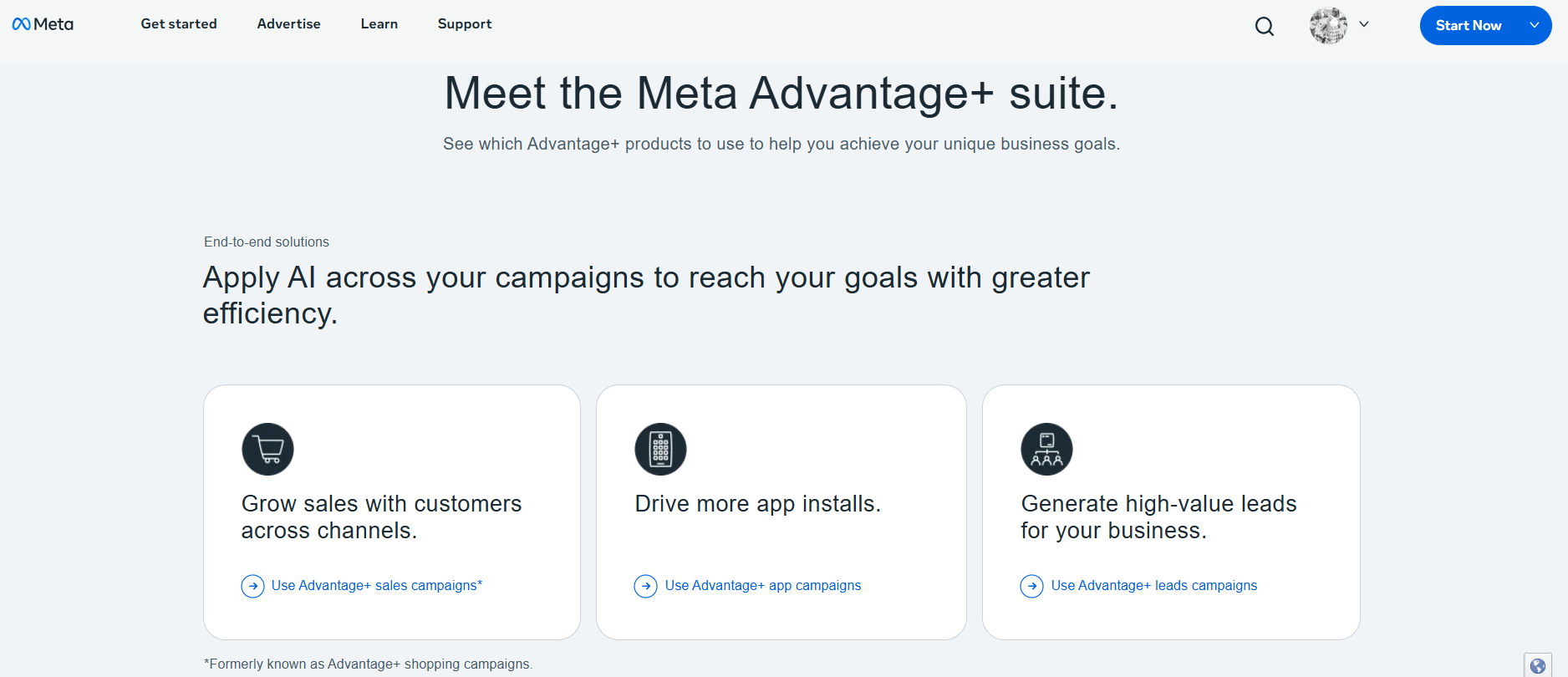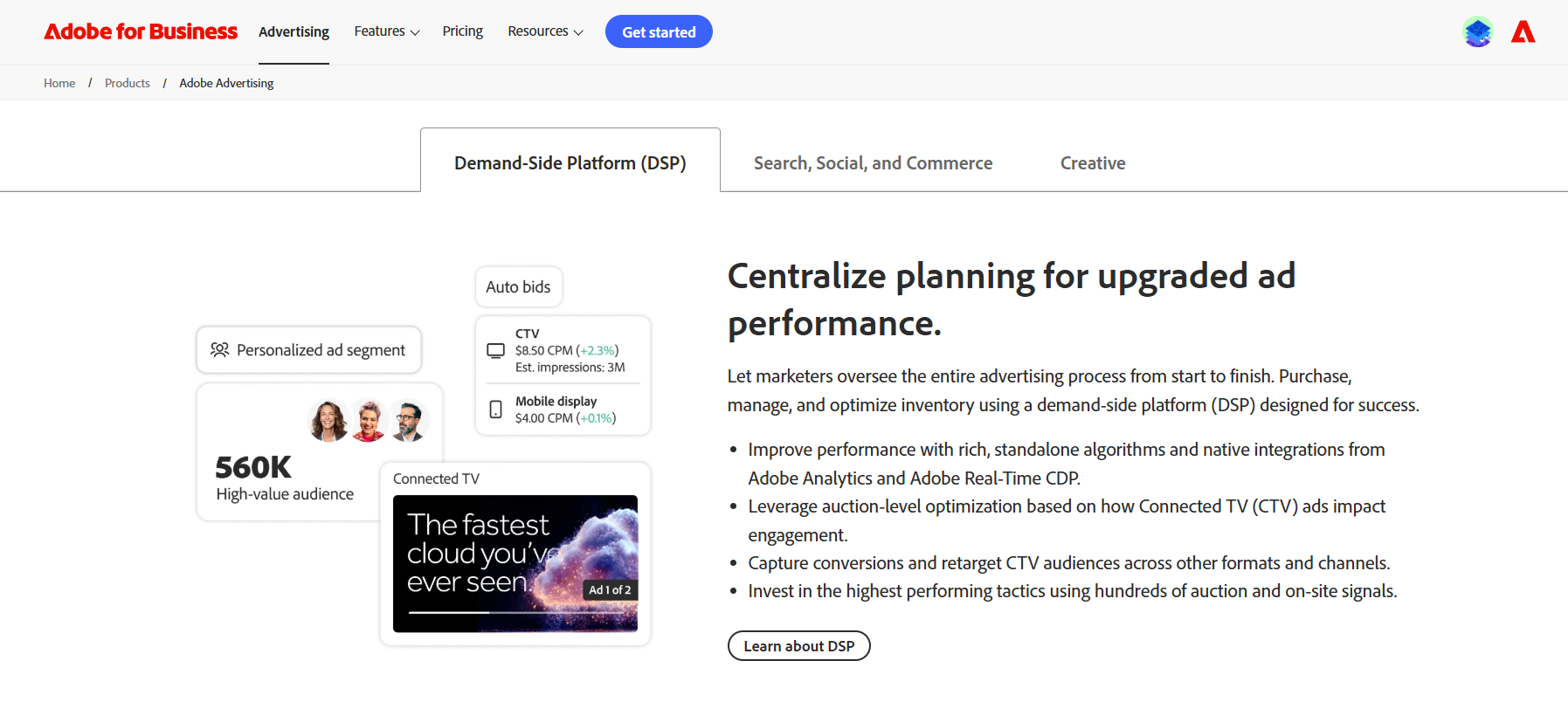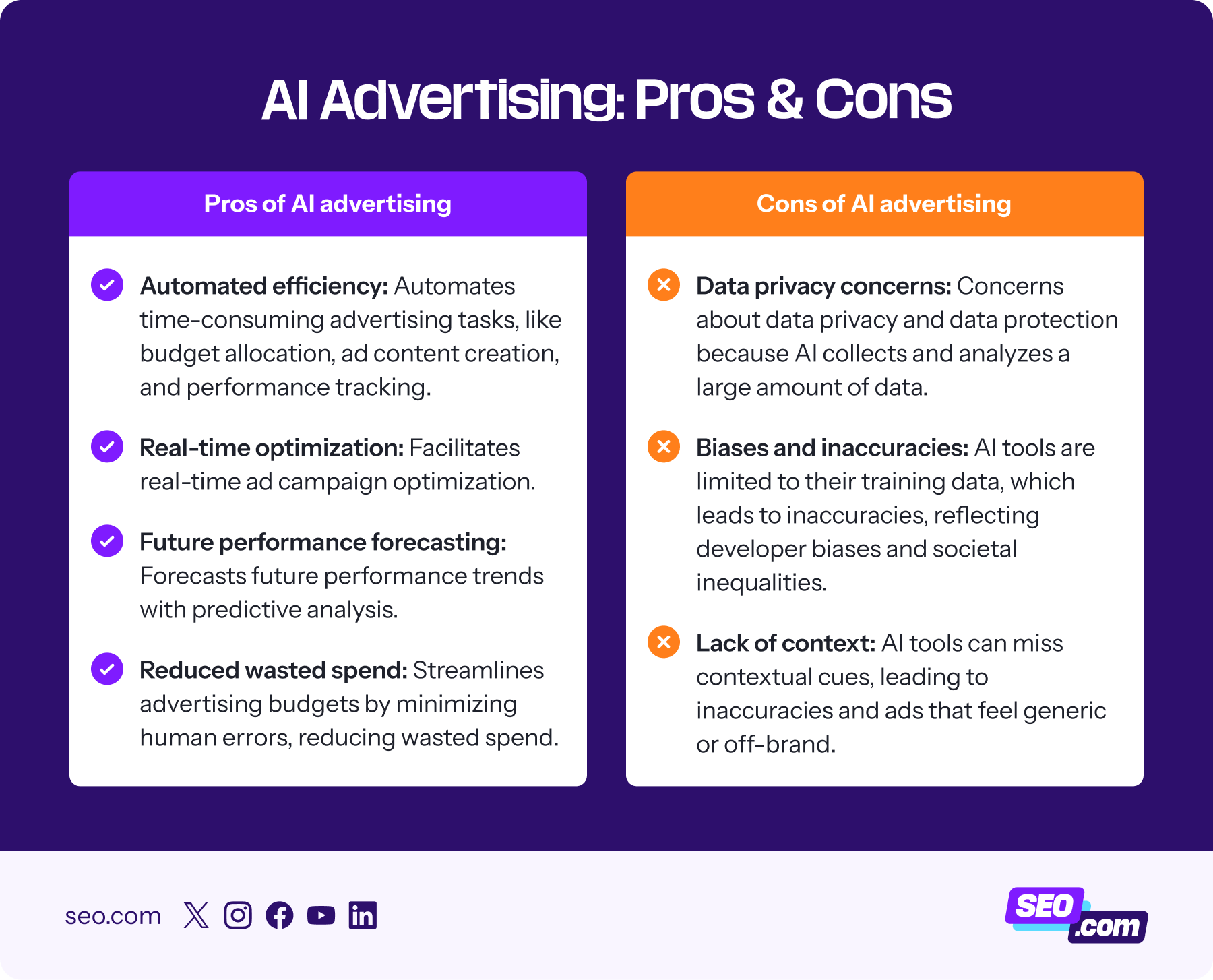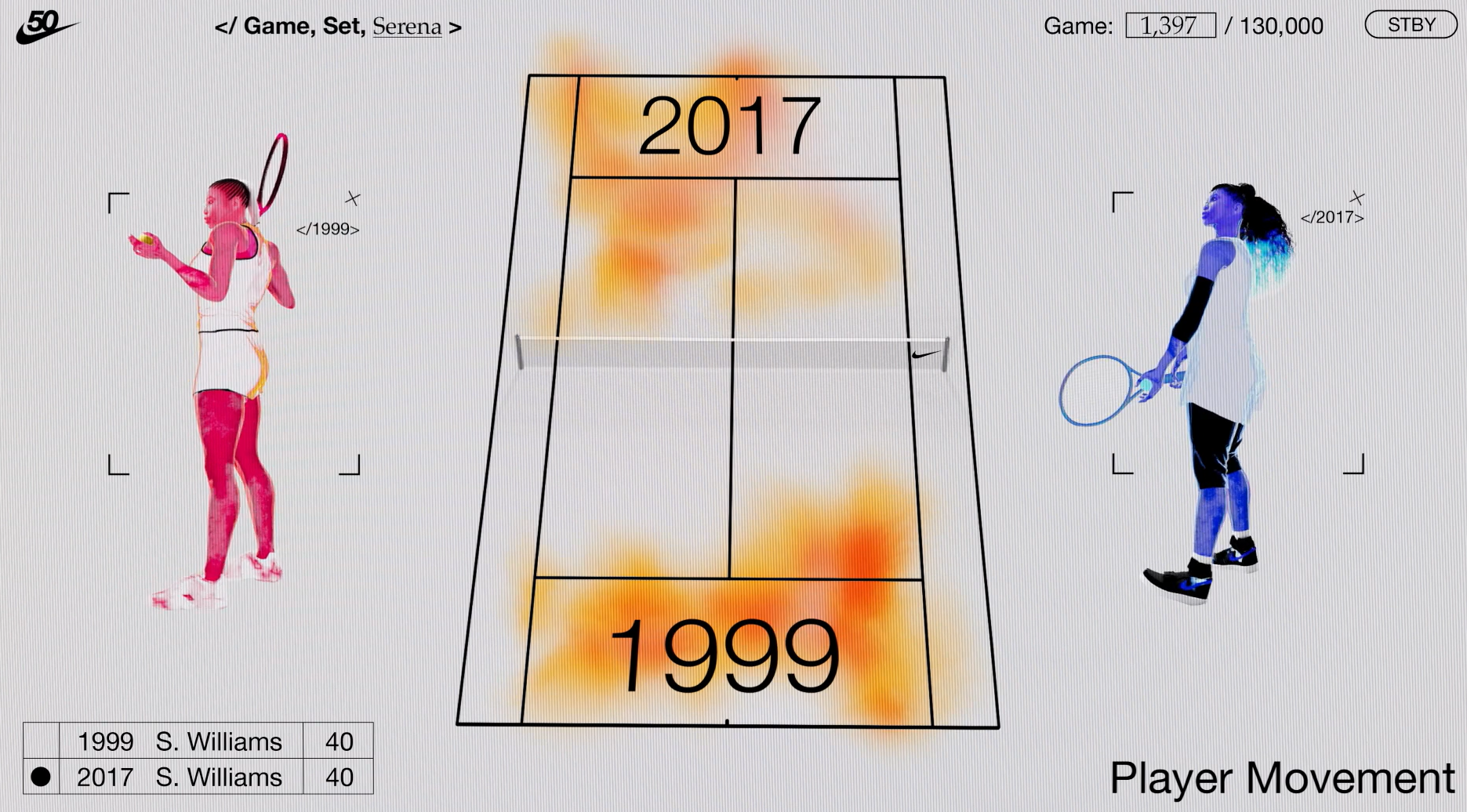Key takeaways
-
AI advertising boosts efficiency by automating optimization, personalization, and targeting.
-
Main uses include ad targeting, personalization, budget optimization, content creation, and performance tracking.
-
Key benefits: faster workflows, predictive insights, and better ad spend efficiency.
-
Challenges: data privacy, AI bias, and limited contextual understanding.
-
Future-ready tip: use built-in AI tools on Google or Meta and pair campaigns with omnichannel SEO for maximum reach.
In the time it takes you to read this sentence, AI has already analyzed millions of consumer interactions, optimized thousands of ad placements, and generated hundreds of personalized ad variations. And trust me, it’s not even breaking a sweat.
It’s no surprise that over 50% of advertisers in South America, North America, and Europe admit to already using AI to generate content drafts. Adopting AI advertising is helping businesses gain a competitive edge by enabling ad personalization, automating redundant processes, and minimizing customer acquisition costs.
Fortunately, it’s easier than ever to implement AI in advertising. Many platforms you advertise on, like Google Ads and Meta Ads, have integrated cutting-edge AI tools in their systems to propel your ad placement, budgeting, targeting, and ad promotion.
To help you adopt AI in advertising effectively, here’s a guide that covers all you need to know about the concept by covering the following topics:
- What is AI advertising?
- Use cases for AI advertising
- AI advertising pros and cons
- Examples of AI advertising
What is AI advertising?
AI advertising is the use of automation and machine learning tools to make ad campaigns more efficient and personalized. It leverages machine learning to assess large amounts of data to identify trends and patterns to improve campaign performance.
It’s like having an eagle-eyed advertising team that works 24/7, analyzes millions of data points in seconds, and consistently learns from patterns, customer behaviors, and industry trends to continuously improve your ad campaigns.
AI-powered advertising isn’t just about automating what humans already do — it’s about doing things humans can’t do at scale, like making thousands of micro ad optimization decisions per second.
Use cases for AI advertising
Ready to see how AI is used in advertising? This section discusses the most impactful use cases of AI for advertising beyond the common ones, like generating ad content. Dive in to uncover the many ways you can leverage AI for advertising and increase your return on investment (ROI).
1. Ad targeting and segmentation
Successful advertising campaigns start with accurately targeting the right audience who is most interested in your products and services. Effective targeting leads to efficient campaigns, resource allocation, and increased engagement.
AI gives you more targeting and segmentation power that enables you to uncover new high-value audience segments outside your defined target audience. AI targeting is effective as you can accurately predict purchase intent and user behavior.
Machine learning enables location-based targeting with travel pattern analysis. It also facilitates predictive segmentation by dividing your customer base into distinct segments depending on specific actions, like their current location, demographics, and interests.
2. Personalizing ads
AI has the potential to analyze thousands of data tokens per second, meaning it’s capable of analyzing vast amounts of data, including purchase patterns, social media activity, and browsing history. Digital advertisers can use insights from this data to predict behaviors, preferences, and trends that guide them to create highly personalized ad content.
With AI, you can predict the kind of content, products, and services that resonate with each customer segment. This analysis ensures you invest your ad spend in high-revenue generating ads that drive revenue and results by delivering engaging customer experiences.
Facilitating predictive rather than reactive advertising, where you can make decisions based on the expected outcome instead of adjusting decisions based on real-time outcomes, like with traditional advertising
3. Budget allocation and bidding optimization
AI’s machine learning helps automate ad buying and placement with real-time ad bidding, selling, and placement on multiple platforms and advertising channels. It helps you place the bids more efficiently and at scale.
You have two options when it comes to choosing AI platforms for ad budget allocation and bid optimizations.
For starters, you can use in-platform AI tools like Meta’s Advantage+ to distribute your ad budget across different ad sets on Meta platforms, like Facebook and Instagram, to maximize campaign performance at a fraction of the cost. You can also take advantage of Meta Advantage+ to target different channels and reach your goals more efficiently.

Alternatively, leverage third-party AI platforms, like Adobe Advertising Cloud, which helps you streamline and supercharge ad media buying and optimization on multiple channels, including search and social media.

4. Generating ad content
Content generation is the most popular use case of AI in advertising. About 40% of marketers today are already using AI to generate various forms of content, including videos and images. They are using AI to develop fast-performing ads tailored to your target audiences and optimized for different platforms.
Here are the various types of ads you can generate using different AI tools:
- Copy and captions: There are thousands of AI writing tools, like ChatGPT and Jasper, which you can use to generate compelling content, headlines, ad copy, CTAs, and social media copy. Combined with AI SEO services, these tools analyze brand voice, audience intent, and product features to ensure they resonate with your audience.
- Images: Up to 16% of American millennials and Gen Zs find AI-generated images appealing. You can use Adobe Firefly to create custom AI visuals and graphics that attract your target audience, and others like Canva Pro to remove backgrounds and enhance image quality.
- Videos: Lumen 5 and Pictory are examples of AI tools used for video ad generation tools. They can create high-quality, engaging videos in minutes, saving you costs associated with hiring a camera crew, actors, and editing software.
However, ensure you always review your AI-generated ad content to ensure accuracy, alignment with brand values, and a human touch.
5. Ad performance tracking
Stop guessing which variables matter most. Let AI run thousands of experiments to uncover the actual drivers of campaign success. It automates data analysis, facilitating real-time ad campaign adjustments to maximize campaign performance and ROI.
AI eliminates the errors and inaccuracies of manual reporting and enables automatic identification of which strategies are working and which ones you could adjust or do away with to improve performance. With AI ad performance tracking, you can understand what’s happening in your campaigns, why it’s happening, and how to optimize for future success.
AI tools also help you go beyond analyzing the basic advertising KPIs by identifying micro-metrics like dwell times and using data modeling to improve attribution.
AI advertising pros and cons
AI is revolutionizing the advertising landscape by offering marketers powerful tools for automation, optimization, and personalization. But, like with any other technology, adopting AI in advertising brings advantages and disadvantages.

Understanding the pros and cons of using AI for advertising will help you make smarter decisions about how and where to use AI in your campaigns.
Pros of AI advertising
Here are some reasons why AI in advertising is worth exploring:
- Automates time-consuming advertising tasks, like budget allocation, ad content creation, and performance tracking
- Facilitates real-time ad campaign optimization instead of waiting for the end of a campaign to adjust budgets, bids, and ad placement for the best performance
- Forecasts future performance trends with predictive analysis of historical data and behavioral signals
- Streamlines advertising budgets by minimizing human errors during planning and strategizing, eliminating guesswork, and reducing wasted spend
Cons of AI advertising
AI has some limitations that make some marketers wary of adopting it as part of their advertising strategies:
- Data privacy: There are concerns about privacy and data protection because AI collects and analyzes a large amount of data from businesses.
- Biases and inaccurate data: AI tools are limited to the data used to train their models, which often leads to inaccuracies and biases, reflecting developer biases and societal inequalities.
- Lack of context: AI tools are still learning, and sometimes, they’ll miss contextual cues, leading to inaccuracies and ads that feel generic or off-brand.
Examples of AI advertising
Many brands, including international brands, have started adopting AI in advertising. Some notable ones you can borrow a leaf from when creating your AI-powered advertising strategy include:
Nike
Nike ran an AI-powered campaign in August 2022 dubbed “Never Done Evolving” to celebrate Serena Williams’ illustrious career. The campaign used AI to generate two different versions of her pitting against herself. The first version was her during her first grand slam in 1999, and an evolved version of her from the 2017 Australian Open.

The simulated match was broadcast on a live YouTube stream and was an astounding success. Nike says it was their most-viewed organic YouTube video at the time, which further led to the simulation of over 130,000 games and 5,000 matches between the two versions of Serena.
BMW
BMW, the global vehicle manufacturer that manufactures some of the most elegant and luxurious vehicles, has already hopped on the AI for advertising bandwagon. They’re integrating AI into their advertising strategies by using AI tools to generate artwork on their vehicles.

So far, they have projected the artwork onto the BMW 8 Series Gran Coupé to help them connect with their target audience. Goodby, Silverstein & Partners BMW’s advertising agency also uses AI for predictive analysis and content personalization at scale.
Discover: AI Marketing in 2025: Use Cases, Examples, and Best Practices
Future-proof your advertising strategy with AI insights
With AI-powered advertising in full swing, it’s worth adapting your advertising strategy to incorporate AI tools. Other than leveraging AI tools for advertising, it’s also time to ensure your ads appear on all channels, and there’s no better way to do that than with OmniSEO™.
OmniSEO™ is a search engine optimization process powered by WebFX to help businesses appear across all search engines, including traditional search engines, AI-powered answer engines, and social media search engines. You can request a free demo to get a feel of our future-proof OmniSEO™.
Alternatively, contact us today to discuss how we can help you implement successful AI advertising campaigns.

Grow Your Visibility Beyond Google
Capture leads and traffic from emerging search platforms like ChatGPT, Perplexity, and Google AI.



Grow Your Visibility Beyond Google
Capture leads and traffic from emerging search platforms like ChatGPT, Perplexity, and Google AI.
Writers

Related Resources
- 7 AI Copywriting Tools That Can Elevate Your Content Process
- A New AI Browser on the Map: Your Tell-Tale Guide to ChatGPT Atlas
- A Tell-All Guide to AI Browsers: What They Are and How They Impact Search and Google
- AEO vs. SEO: Key Differences and Importance in Digital Marketing
- AI and SEO
- AI Marketing in 2025: Use Cases, Examples, and Best Practices
- AI Overviews: Everything You Need to Know As an SEO
- AI Search Trends for 2026 That Will Shape Your Future Strategy
- AI SEO Statistics in 2025: AI SEO Trends and Insights
- Do I Need AI SEO? Yes. Here Are 3 Compelling Reasons Why

